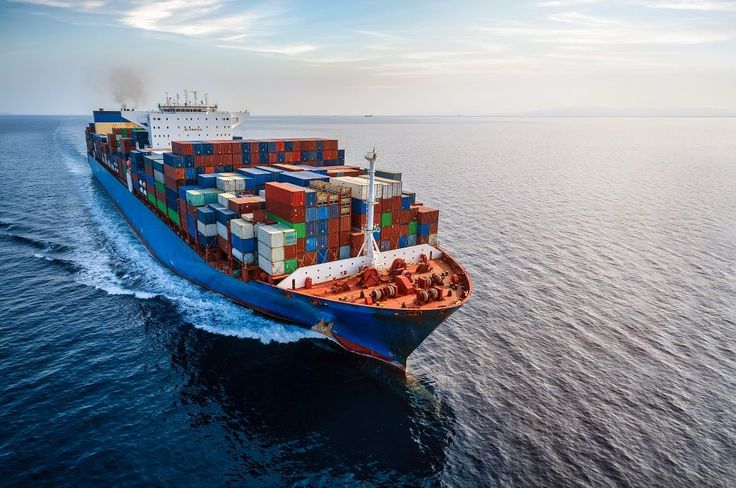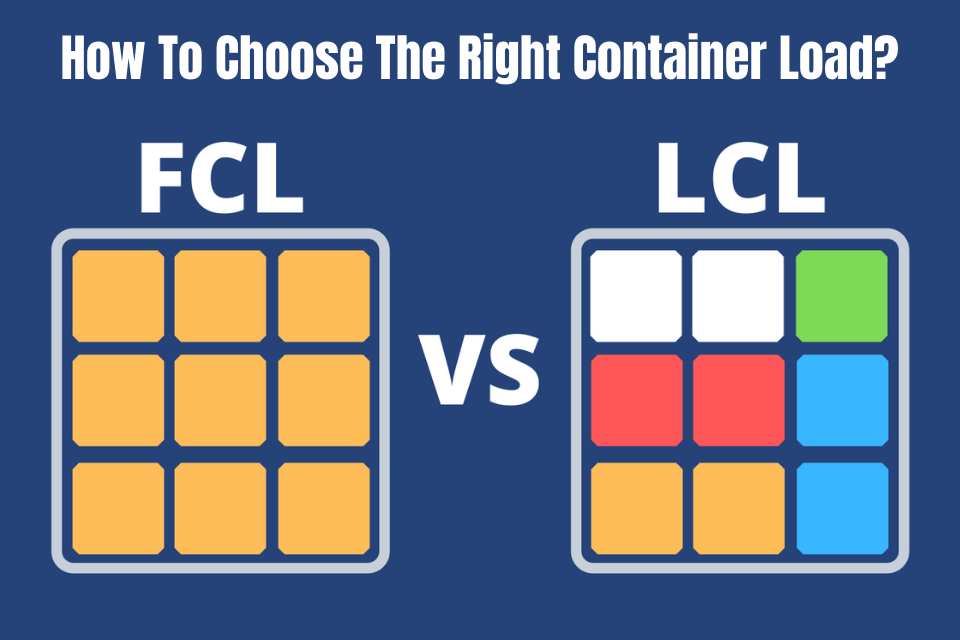- By TOP CHINA FREIGHT
- August 22, 2025
- Sea Freight
Sea shipping from China to South Africa is one of the most reliable and affordable ways to move bulk goods for businesses of all sizes. Whether you are importing consumer electronics, furniture, raw materials, or industrial machinery, sea shipping from China to South Africa provides unmatched cost-efficiency and scalability compared to air freight. This expanded guide will cover everything you need to know — from cost structures and transit times to port options, customs requirements, and practical strategies to optimize your logistics process.

1.Why Choose Sea Shipping from China to South Africa
The most economical way to ship goods in bulk.
Options for both LCL (Less than Container Load) and FCL (Full Container Load).
Multiple sailings from China to South Africa’s major ports every week.
Suitable for almost every type of cargo, including dangerous goods and oversized shipments.
Lower carbon footprint compared to air freight.
2.Estimated Transit Times
Transit time depends on the origin port in China, the destination port in South Africa, the type of service, and weather or port conditions.
| Route | Transit Time (Days) | Notes |
|---|---|---|
| Shanghai → Durban | 25–30 days | Fastest route with consistent service. |
| Ningbo → Durban | 27–32 days | Popular for mixed industrial shipments. |
| Shenzhen → Cape Town | 28–33 days | Common for consumer goods and electronics. |
| Qingdao → Port Elizabeth | 30–35 days | Often used for heavy equipment or bulk. |
Tip:
Always plan your shipments at least 6–8 weeks in advance to avoid last-minute delays or higher costs.
3.Average Sea Freight Costs
Sea freight rates vary depending on container type, season, and market conditions. Here’s an estimate for 2025 rates:
| Container Type | Average Cost (USD) | Capacity |
|---|---|---|
| 20ft FCL | $2,200 – $3,000 | ~28 CBM or ~28,000 kg |
| 40ft FCL | $3,800 – $5,500 | ~58 CBM or ~28,000 kg |
| 40ft High Cube | $4,200 – $5,800 | ~68 CBM or ~28,000 kg |
| LCL (per CBM) | $120 – $180 | Ideal for shipments under 15 CBM |
Additional charges to consider:
4.Major Ports for Sea Shipping
Chinese Origin Ports
- Shanghai: Best for high-frequency, competitive pricing.
- Shenzhen (Yantian, Shekou): Convenient for electronics and consumer goods.
- Ningbo: Preferred for mixed cargo and industrial shipments.
- Qingdao: Suitable for bulk and heavy machinery.
South African Destination Ports
- Durban: Largest port, ideal for most cargo and efficient handling.
- Cape Town: Perfect for serving the Western Cape region.
- Port Elizabeth: Preferred for automotive and industrial imports.
5.FCL vs. LCL – Which Option to Choose

Full Container Load (FCL)
Ideal for:
Large shipments filling a container.
Benefits:
Secure, faster handling, better value for high volumes.
Less than Container Load (LCL)
Ideal for:
Smaller shipments under 15 cubic meters.
Benefits:
Cost-sharing with other shippers, but slightly longer transit.
Specialized Freight
Refrigerated (reefer) containers, oversized cargo, or hazardous goods often require customized solutions with higher costs.
6.Customs and Documentation Requirements
To avoid delays and fines, ensure your paperwork is accurate and complete.
Key documents include:
- Bill of Lading
- Commercial Invoice
- Packing List
- Certificate of Origin
- Import Permits (for restricted goods)
South African Customs Duties and VAT:
- Duties are calculated based on HS codes and CIF value (Cost, Insurance, Freight).
- Standard VAT is 15% on most imported goods.
- Certain goods, such as agricultural products or chemicals, may require special permits.
7.Insurance for Sea Freight
While sea freight is generally safe, risks like weather damage, theft, or loss can occur. Marine cargo insurance typically costs 0.3% – 0.5% of your cargo value and protects against these unexpected events.
8.Tips to Reduce Shipping Costs
Early bookings secure better rates.
Combine smaller loads to maximize space utilization.
Demand spikes during holidays can raise rates.
Comparing offers helps secure competitive pricing.
They can find cost-effective routes and handle customs efficiently.
9.Common Challenges and Solutions
| Challenge | Cause | Solution |
|---|---|---|
| Port congestion | High seasonal demand | Ship early or use less congested ports. |
| Documentation delays | Errors in paperwork | Double-check or work with an experienced forwarder. |
| Surcharges | Fuel price changes or demand | Request a detailed cost breakdown upfront. |
| Customs holds | Incomplete declarations | Ensure accurate and transparent documentation. |
Conclusion
Sea shipping from China to South Africa remains the most practical and scalable solution for businesses looking to manage costs and maintain a reliable supply chain. With proper planning, accurate documentation, and the help of an experienced freight forwarder, your goods can move smoothly from factory to destination without unnecessary delays or costs.
Need a Shipping Quote?
If you want expert guidance and peace of mind, our team is ready to assist.
TJ China Freight offers tailored solutions to help businesses of all sizes ship more reliably from China.
FAQs
Q1:How long does sea shipping from China to South Africa take?
On average, 25–35 days, depending on ports and service levels.
Q2:What is the cheapest way to ship from China to South Africa?
For small shipments, LCL is the most affordable. For bulk goods, FCL provides the lowest cost per unit.
Q3:What factors affect sea shipping costs?
Container size, route, cargo weight, seasonal demand, and surcharges all impact pricing.
Q4:IDo I need a customs broker in South Africa?
Yes, a licensed broker or experienced freight forwarder helps ensure smooth customs clearance.
Q5:Is marine insurance necessary?
It’s highly recommended. Insurance costs are low compared to the potential risk of loss or damage.
